Home>Construction & Tools>Building Materials>What Causes Stucco Leaks
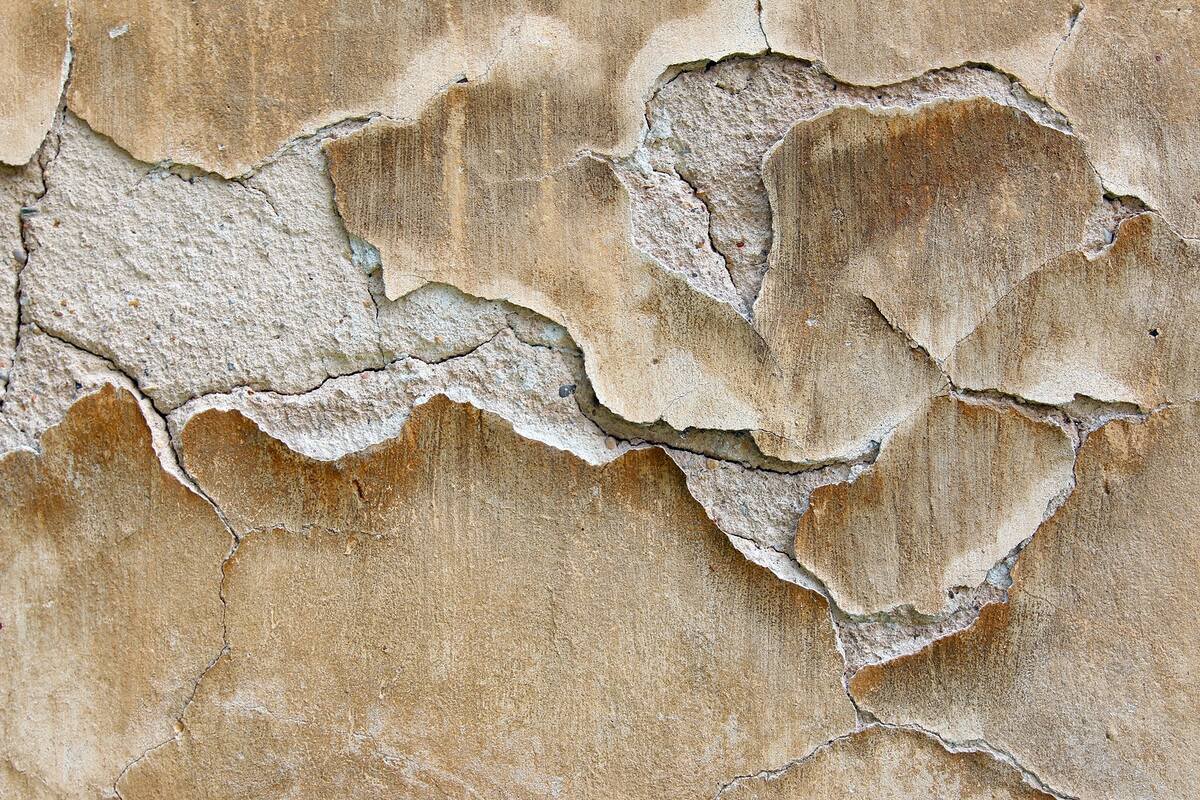

Building Materials
What Causes Stucco Leaks
Modified: October 20, 2024
Learn about the common causes of stucco leaks and how to prevent them with proper building materials and maintenance. Protect your property from water damage.
(Many of the links in this article redirect to a specific reviewed product. Your purchase of these products through affiliate links helps to generate commission for Storables.com, at no extra cost. Learn more)
Introduction
Stucco, a durable and versatile building material, has been used for centuries to enhance the aesthetic appeal and structural integrity of buildings. Its composition, typically consisting of cement, sand, lime, and water, makes it a popular choice for exterior finishes due to its resilience and low maintenance requirements. However, despite its robust nature, stucco is not impervious to issues, and one of the most common concerns faced by property owners is stucco leaks.
Understanding the factors that contribute to stucco leaks is crucial for homeowners, builders, and contractors alike. By delving into the root causes of these leaks, we can implement preventative measures and effective solutions to mitigate the risk of water infiltration and damage to the underlying structure.
In this comprehensive guide, we will explore the intricacies of stucco, delve into the common causes of stucco leaks, and elucidate the methods for identifying and repairing these issues. Whether you are a homeowner seeking to safeguard your property or a professional in the construction industry aiming to bolster your knowledge, this article will equip you with valuable insights into the world of stucco and empower you to address stucco leaks effectively.
Key Takeaways:
- Stucco leaks can be caused by improper installation, poor maintenance, and weather damage. Regular inspections, precise repairs, and enhanced drainage solutions are crucial for addressing and preventing stucco leaks.
- Understanding stucco’s vulnerabilities and implementing proactive measures, such as thorough inspections and precision repairs, is essential for safeguarding buildings against water infiltration and preserving the enduring charm of stucco exteriors.
Read more: What Causes Stucco To Bubble
Understanding Stucco
Stucco, a time-honored building material, has earned its place as a preferred choice for exterior finishes due to its remarkable durability and aesthetic appeal. Composed of cement, sand, lime, and water, stucco offers a robust and weather-resistant exterior cladding that can withstand diverse climatic conditions. Its application involves layering the stucco mixture over a supportive framework, resulting in a seamless and visually appealing surface.
One of the key attributes of stucco is its ability to breathe, allowing moisture to escape and preventing the accumulation of water within the walls. This breathability is essential for maintaining the structural integrity of the building and safeguarding it against moisture-related issues. Furthermore, stucco’s fire-resistant properties and resistance to rot and fungus make it a highly sought-after choice for both residential and commercial construction projects.
Stucco is available in various textures and finishes, offering versatility in design and architectural expression. From the classic smooth finish to the more textured options such as dash, lace, or sand finish, stucco provides a customizable aesthetic that can complement diverse architectural styles.
While stucco boasts numerous advantages, it is crucial to recognize that proper installation and regular maintenance are paramount for ensuring its longevity and performance. In the absence of diligent upkeep, stucco can become susceptible to issues such as cracks, leaks, and water infiltration, posing potential risks to the building’s structure and interior spaces.
By comprehending the fundamental characteristics and installation requirements of stucco, individuals can gain a deeper appreciation for its strengths and vulnerabilities. This understanding forms the basis for effectively addressing stucco-related concerns and preserving the integrity of the building envelope.
Common Causes of Stucco Leaks
Stucco, renowned for its resilience and longevity, can encounter leaks due to various factors, ranging from installation issues to environmental influences. Understanding these common causes is pivotal for preemptive measures and timely interventions to mitigate the risk of water infiltration and subsequent damage. Let’s delve into the primary culprits behind stucco leaks:
- Improper Installation: Inadequate installation practices, such as insufficient sealing around windows and doors, improper flashing, or inadequate incorporation of expansion joints, can pave the way for water penetration. Without meticulous attention to these crucial details during installation, the stucco system becomes vulnerable to leaks, compromising the building’s integrity.
- Poor Maintenance: Neglecting routine maintenance and inspections can exacerbate the susceptibility of stucco to leaks. Over time, hairline cracks, worn sealants, and deteriorating caulking can emerge, providing pathways for water to infiltrate the stucco system. Regular maintenance, including resealing joints and addressing any visible damage, is imperative for preserving the stucco’s protective function.
- Weather Damage: Extreme weather conditions, such as heavy rainfall, hail, or freeze-thaw cycles, can inflict substantial wear and tear on stucco exteriors. Over time, these environmental stressors can compromise the integrity of the stucco, leading to cracks and fissures that permit water ingress. Additionally, prolonged exposure to moisture-laden environments can trigger efflorescence, a crystalline deposit that forms on the stucco surface, signaling underlying moisture issues.
By recognizing these prevalent causes of stucco leaks, property owners and construction professionals can proactively address potential vulnerabilities and implement measures to fortify the stucco system against water intrusion. Through diligent installation practices, regular maintenance, and vigilance against environmental impacts, the longevity and performance of stucco exteriors can be preserved, ensuring the structural soundness and aesthetic appeal of the building.
Improper Installation
One of the leading contributors to stucco leaks is improper installation, which encompasses a range of deficiencies that compromise the stucco system’s ability to repel water effectively. When stucco is installed without meticulous attention to crucial details, it becomes susceptible to water infiltration, potentially leading to structural damage and interior moisture issues. Here are some common aspects of improper installation that can precipitate stucco leaks:
- Insufficient Sealing: Inadequate sealing around windows, doors, and other penetrations in the building envelope can create entry points for water. Without a robust seal, water can seep behind the stucco, causing damage to the underlying structure and potentially leading to leaks within the interior spaces.
- Flashing Errors: Improper installation or absence of flashing, particularly around windows, doors, and roof intersections, can exacerbate the risk of water intrusion. Flashing serves as a protective barrier, redirecting water away from vulnerable areas and safeguarding the integrity of the stucco system. When flashing is overlooked or installed incorrectly, the likelihood of leaks increases significantly.
- Expansion Joint Neglect: Failure to incorporate expansion joints in the stucco system can result in cracking and structural stress, paving the way for water infiltration. Expansion joints accommodate the natural movement of building materials due to temperature changes and settling, and their omission can lead to compromised stucco integrity and subsequent leaks.
Addressing the issue of improper installation demands a meticulous approach, emphasizing the adherence to industry best practices and meticulous attention to detail. By prioritizing comprehensive sealing, precise flashing installation, and the incorporation of expansion joints, the risk of stucco leaks stemming from installation deficiencies can be significantly mitigated. Furthermore, engaging qualified and experienced professionals for stucco installation is paramount, ensuring that the process adheres to rigorous standards and prioritizes the longevity and performance of the stucco system.
Make sure to regularly inspect and maintain the caulking and sealants around windows, doors, and other penetrations in your stucco walls to prevent water from seeping in and causing leaks.
Poor Maintenance
Neglecting regular maintenance and upkeep of stucco exteriors can exacerbate the vulnerability of the system to leaks and water infiltration. Over time, wear and tear, coupled with exposure to the elements, can compromise the protective integrity of the stucco, leading to potential issues such as cracks and deteriorating sealants. Addressing the implications of poor maintenance is crucial for preserving the longevity and performance of stucco exteriors. Here are key factors associated with poor maintenance that can contribute to stucco leaks:
- Crack Formation: Without routine inspections and maintenance, hairline cracks can develop in the stucco surface due to structural settling, temperature fluctuations, or environmental stressors. These cracks, if left unattended, can serve as conduits for water infiltration, potentially leading to leaks and moisture-related damage within the building envelope.
- Deteriorating Sealants: The sealants and caulking used in stucco systems play a pivotal role in preventing water penetration. Over time, these sealants can degrade due to exposure to UV radiation, temperature variations, and natural aging. Failing to monitor and replace deteriorating sealants can compromise the stucco’s ability to repel water effectively, heightening the risk of leaks.
- Lack of Inspection: Regular inspections are essential for identifying early signs of stucco degradation, including cracks, efflorescence, or areas of compromised sealants. Without proactive inspections, underlying issues that contribute to stucco leaks may go unnoticed, allowing them to escalate and result in more extensive damage over time.
Addressing the impact of poor maintenance necessitates a proactive approach to preserving the stucco system’s integrity. Implementing a regular maintenance schedule that includes inspections, sealant replacement, and prompt repair of any identified issues is instrumental in mitigating the risk of stucco leaks. Additionally, prioritizing the use of high-quality, UV-resistant sealants and caulking can bolster the stucco’s resilience against water intrusion, contributing to the long-term durability of the exterior cladding.
Weather Damage
The impact of weather on stucco exteriors is a significant factor contributing to the potential for leaks and moisture infiltration. The relentless onslaught of environmental elements, including heavy rainfall, hail, and fluctuating temperatures, can exact a toll on the stucco system, compromising its protective function and structural integrity. Understanding the implications of weather damage is essential for preemptive measures and effective interventions to safeguard stucco against moisture-related issues. Here are key aspects of weather-related damage that can lead to stucco leaks:
- Cracking Due to Freeze-Thaw Cycles: Regions experiencing freeze-thaw cycles are particularly susceptible to stucco damage. When moisture permeates the stucco surface and subsequently freezes, it can exert pressure, leading to cracking and fissures. Over time, these cracks can widen, providing pathways for water infiltration and increasing the risk of leaks within the building envelope.
- Efflorescence: Prolonged exposure to moisture-laden environments can result in the formation of efflorescence, a crystalline deposit on the stucco surface. This phenomenon is indicative of underlying moisture issues and can signal the potential for leaks. Efflorescence not only detracts from the aesthetic appeal of the stucco but also serves as a visible indicator of moisture-related vulnerabilities.
- Impact of Heavy Rainfall: Intense or prolonged periods of heavy rainfall can challenge the water-shedding capabilities of the stucco system. Inadequate drainage and saturation of the stucco can lead to water infiltration, compromising the protective function of the cladding and potentially resulting in leaks within the structure.
Addressing the ramifications of weather damage demands a proactive approach that encompasses protective measures and diligent maintenance. Utilizing breathable stucco systems that facilitate moisture evaporation, implementing proper drainage solutions, and conducting regular inspections to identify and address weather-induced damage are fundamental strategies for fortifying stucco against leaks. Moreover, leveraging durable, weather-resistant stucco formulations and coatings can bolster the system’s resilience in the face of environmental stressors, contributing to its long-term performance and durability.
Identifying and Repairing Stucco Leaks
Effectively identifying and repairing stucco leaks is imperative for preserving the structural integrity and aesthetic appeal of buildings. By promptly addressing areas of vulnerability and implementing targeted repairs, property owners and construction professionals can mitigate the risk of water infiltration and consequential damage. Here are essential steps for identifying and repairing stucco leaks:
- Thorough Inspection: Conducting a comprehensive inspection of the stucco exterior is crucial for identifying potential areas of water infiltration. This entails scrutinizing the surface for cracks, efflorescence, and areas of deteriorating sealants, as well as assessing the condition of flashing and areas around penetrations such as windows and doors.
- Moisture Testing: Employing moisture detection tools and techniques can aid in pinpointing areas of hidden water intrusion within the stucco system. Moisture meters and infrared imaging can reveal moisture pockets behind the stucco, guiding targeted repair efforts to address underlying leaks effectively.
- Precision Repairs: Upon identifying areas of concern, precise repairs should be carried out to rectify cracks, deteriorating sealants, and compromised flashing. This may involve resealing penetrations, applying appropriate patching materials to address cracks, and replacing damaged or inadequate flashing to fortify the stucco system against water infiltration.
- Enhanced Drainage Solutions: Implementing improved drainage solutions, such as redirecting downspouts and ensuring proper grading around the building, can mitigate the risk of water accumulation and saturation of the stucco. By enhancing the water-shedding capabilities of the stucco system, the potential for leaks can be significantly reduced.
- Professional Expertise: Engaging experienced stucco contractors or building professionals with expertise in stucco repair and maintenance is instrumental in ensuring the efficacy of leak remediation efforts. Their insights and skill in executing targeted repairs and implementing preventative measures can bolster the long-term resilience of the stucco system.
By diligently following these steps, property owners and construction practitioners can proactively address stucco leaks, safeguarding the building against water infiltration and preserving the structural integrity of the stucco cladding. Moreover, prioritizing regular inspections and maintenance, coupled with a proactive approach to addressing potential vulnerabilities, can contribute to the sustained performance and longevity of stucco exteriors.
Conclusion
Stucco, revered for its durability and timeless appeal, serves as a stalwart exterior cladding for residential and commercial structures. However, the susceptibility of stucco to leaks and moisture infiltration underscores the importance of understanding the factors that contribute to these issues and implementing proactive measures to address them effectively. From improper installation and poor maintenance to the impact of weather damage, stucco can face a myriad of challenges that necessitate vigilant attention and targeted interventions.
By recognizing the common causes of stucco leaks, including the ramifications of improper installation, the implications of poor maintenance, and the challenges posed by weather-related damage, property owners and construction professionals can fortify the stucco system against water infiltration. Through meticulous installation practices, regular maintenance, and protective measures that mitigate the impact of environmental stressors, the longevity and performance of stucco exteriors can be preserved, ensuring the structural soundness and aesthetic allure of the building.
Identifying and repairing stucco leaks demands a comprehensive approach that encompasses thorough inspections, precision repairs, and the implementation of enhanced drainage solutions. By leveraging moisture testing tools, conducting targeted repairs, and enlisting the expertise of stucco professionals, property owners can effectively address areas of vulnerability and fortify the stucco system against leaks.
In conclusion, a proactive stance towards stucco maintenance and leak remediation is pivotal for safeguarding the integrity of buildings and preserving the enduring charm of stucco exteriors. By embracing a holistic approach that integrates preventative measures, meticulous repairs, and ongoing maintenance, the resilience and longevity of stucco can be upheld, ensuring that it continues to stand as a testament to both beauty and durability in the realm of architectural design.
Frequently Asked Questions about What Causes Stucco Leaks
Was this page helpful?
At Storables.com, we guarantee accurate and reliable information. Our content, validated by Expert Board Contributors, is crafted following stringent Editorial Policies. We're committed to providing you with well-researched, expert-backed insights for all your informational needs.
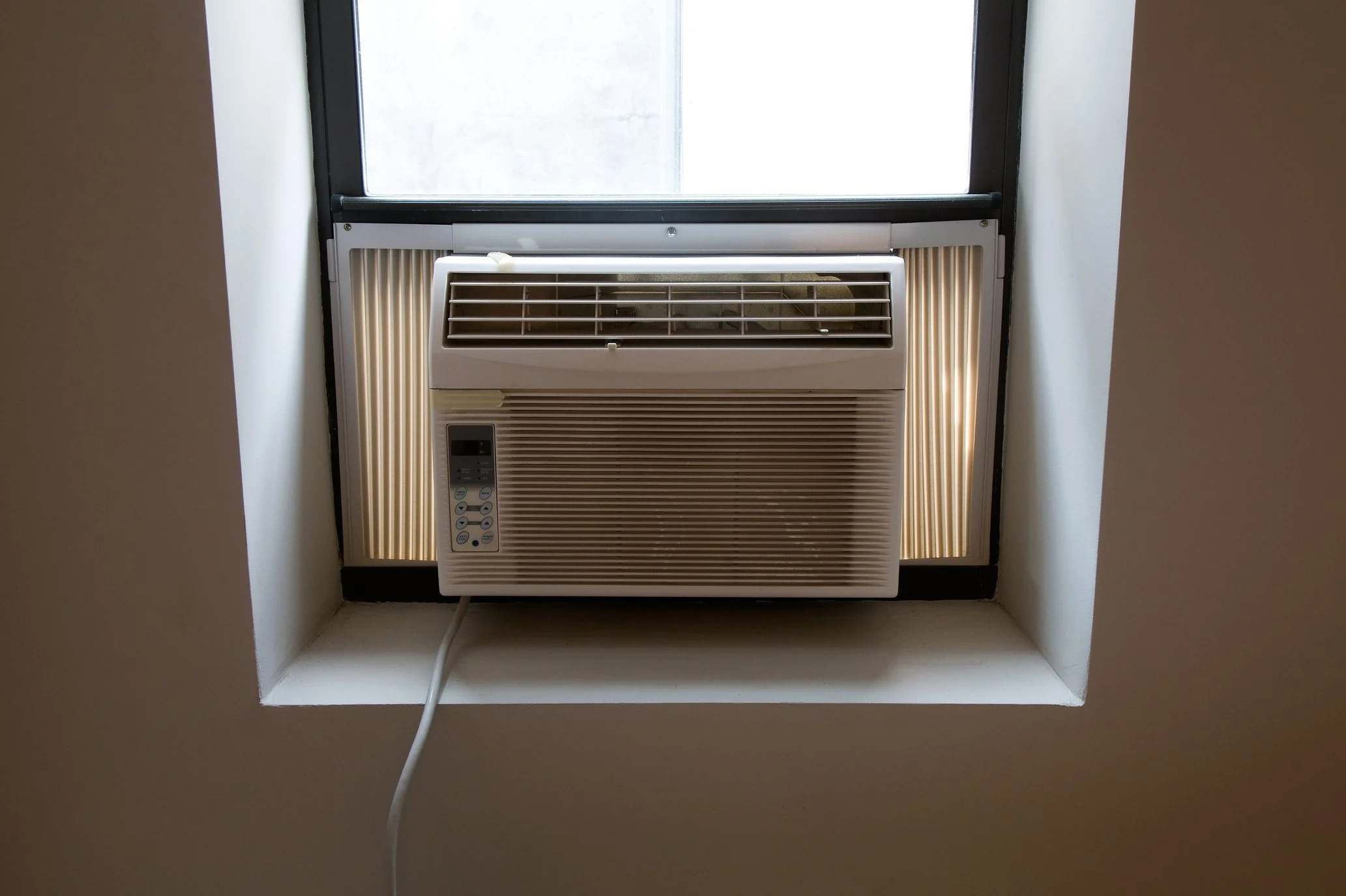
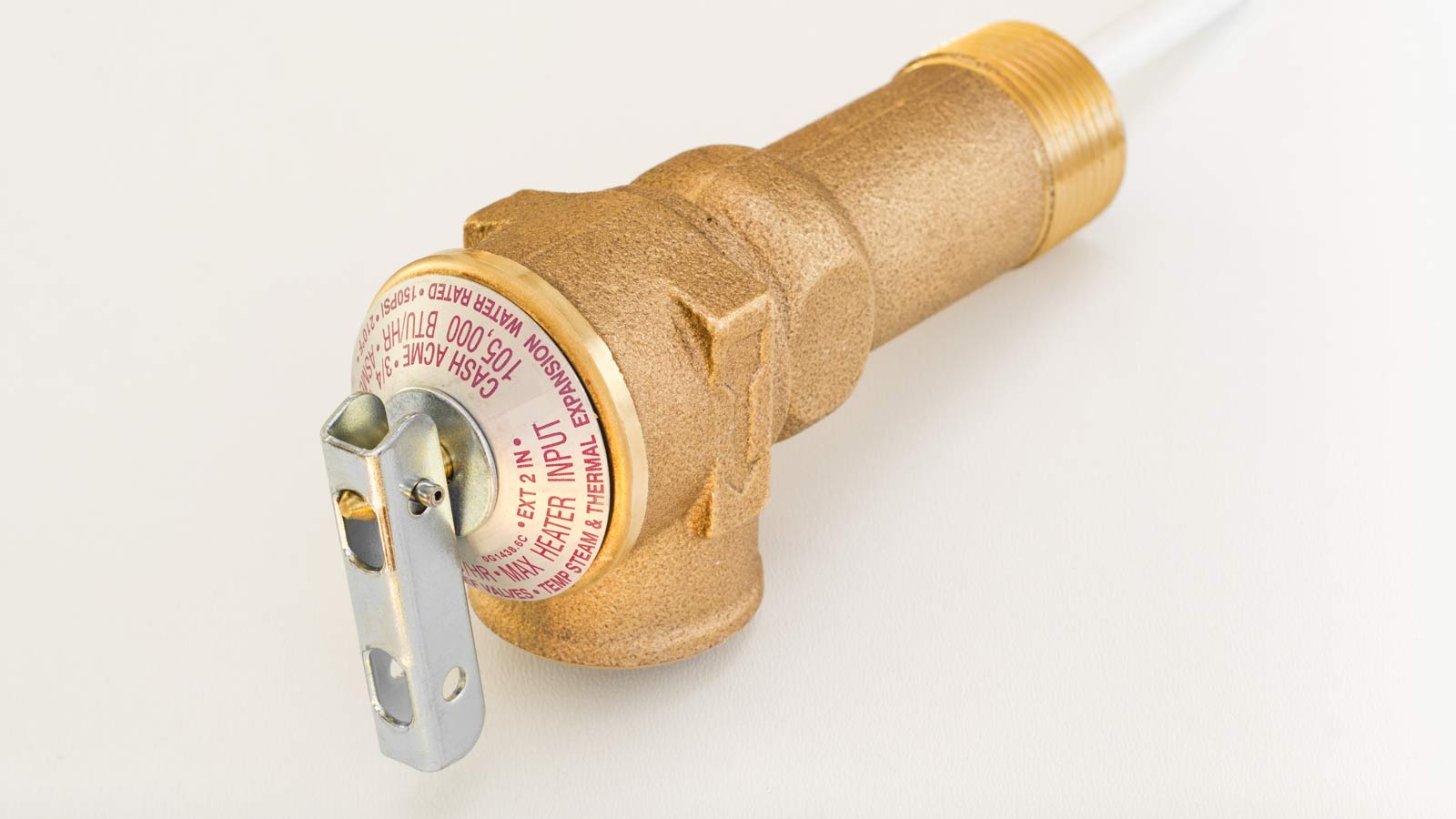
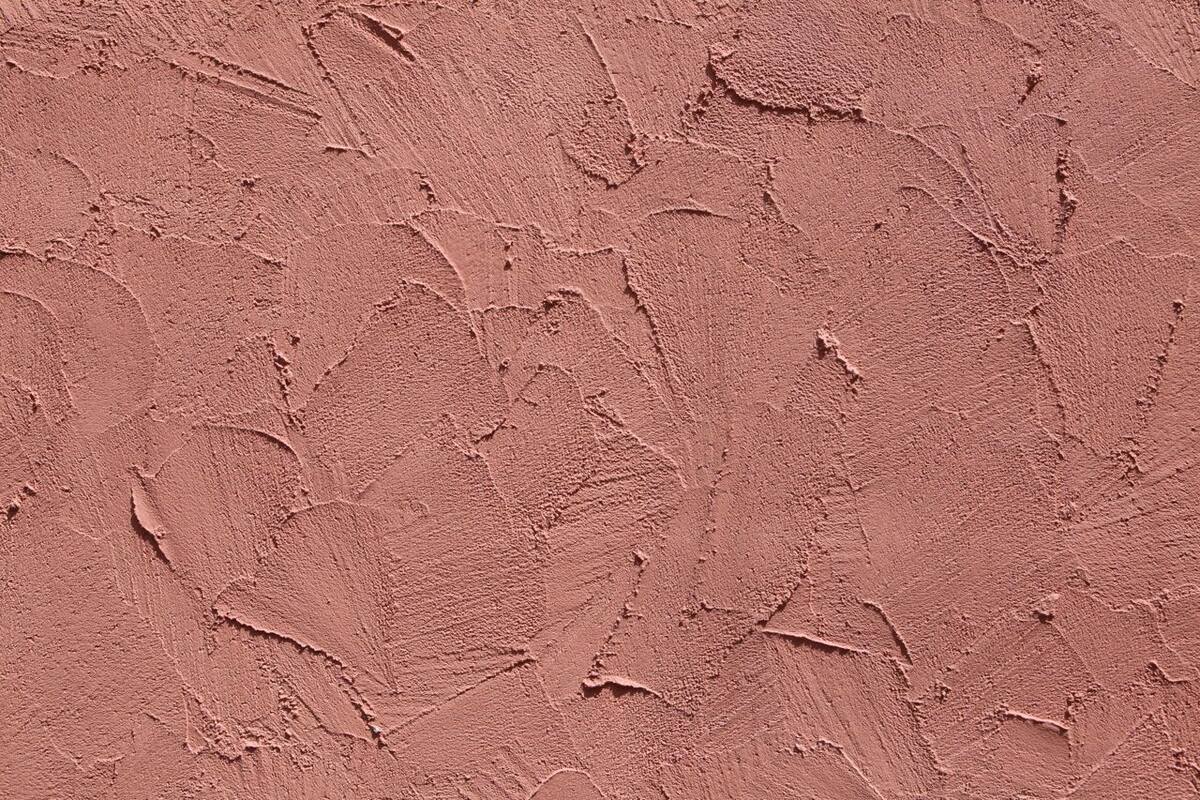
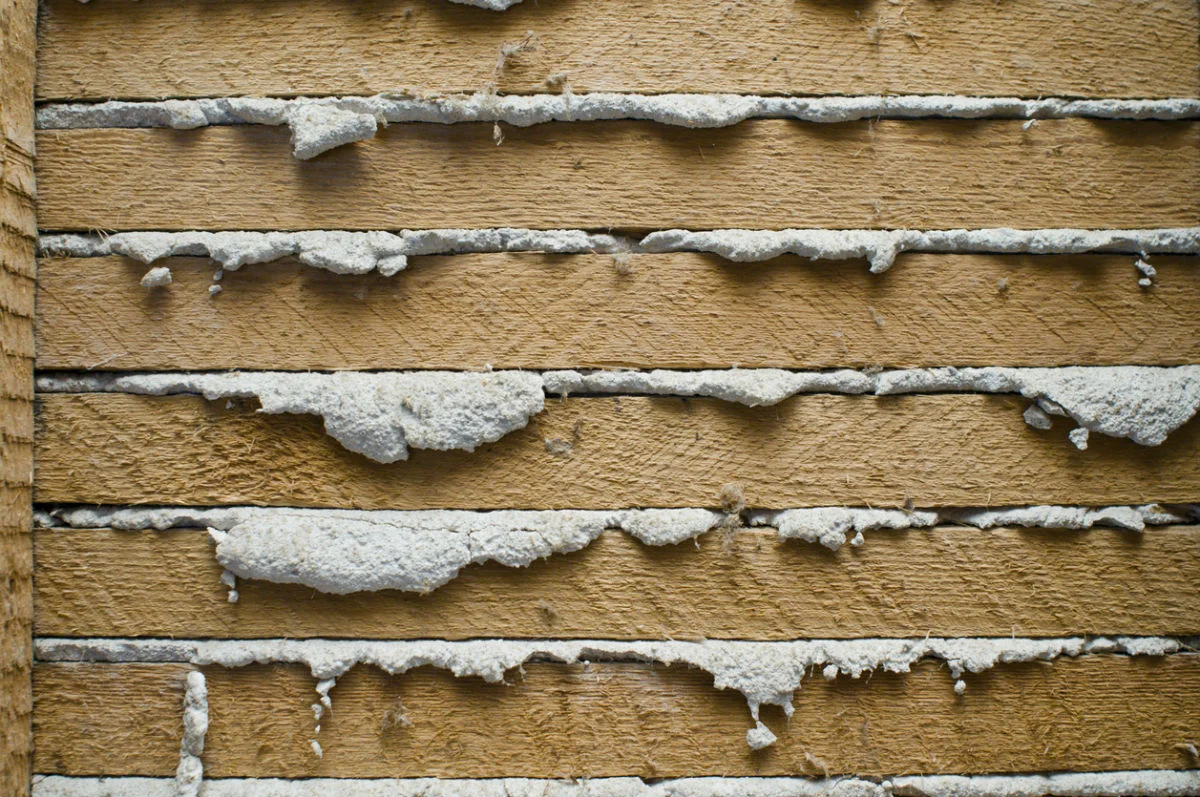
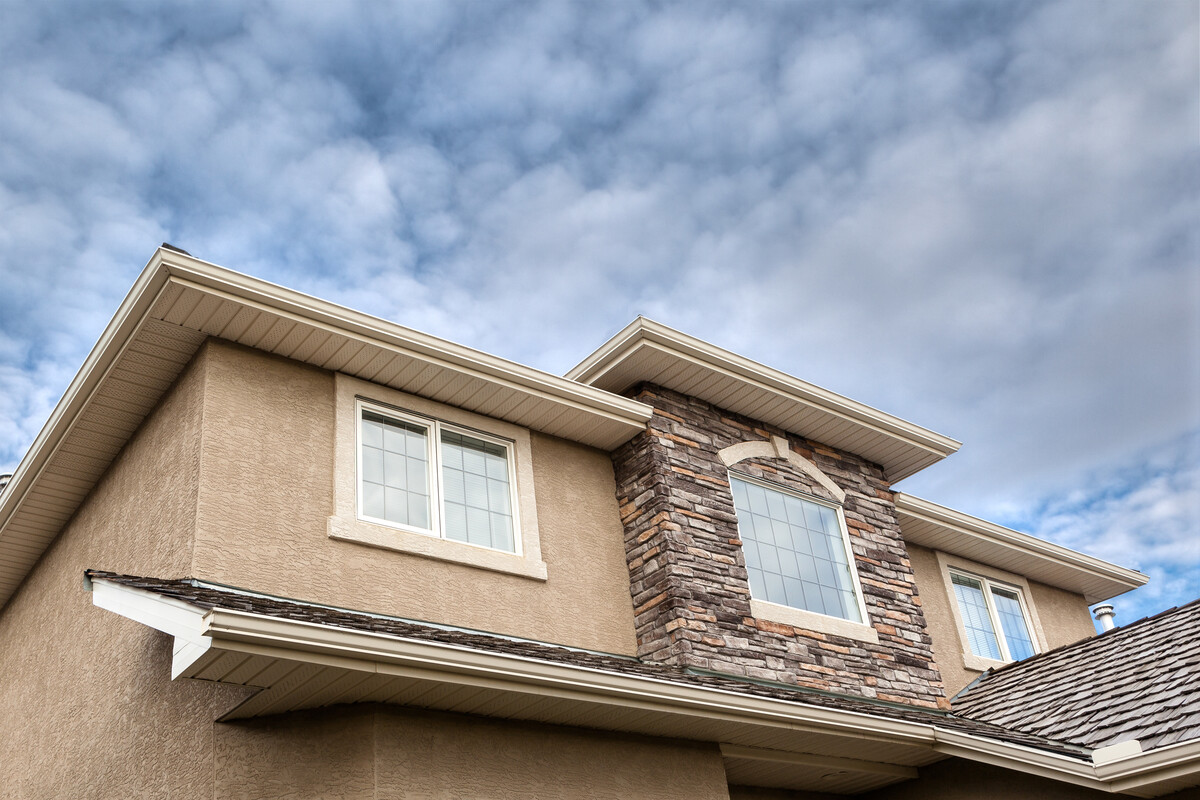
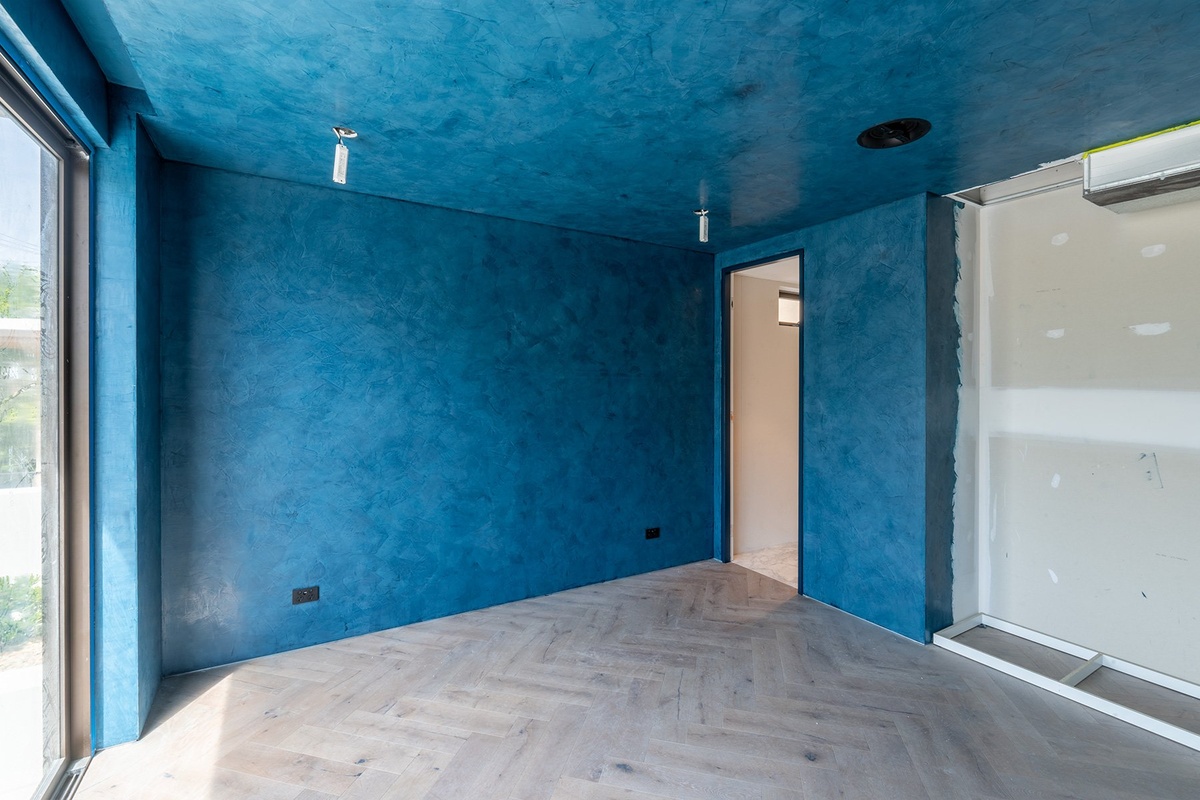
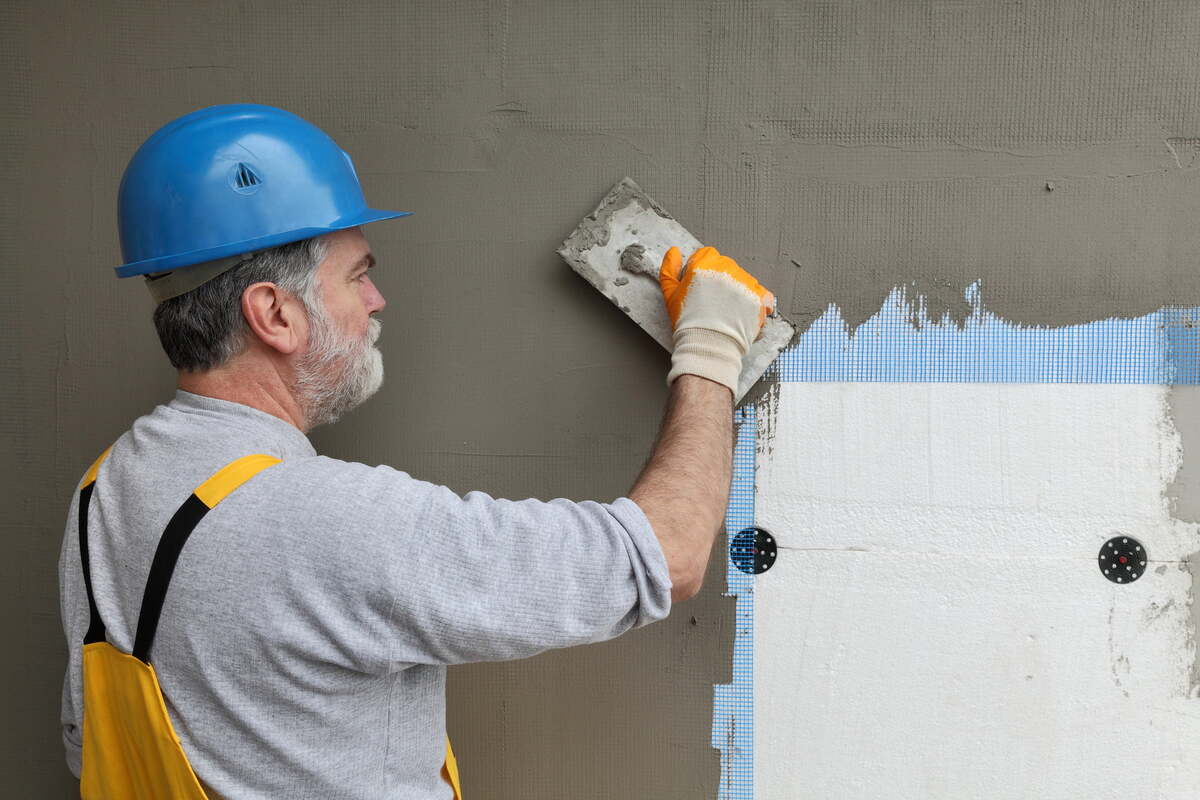
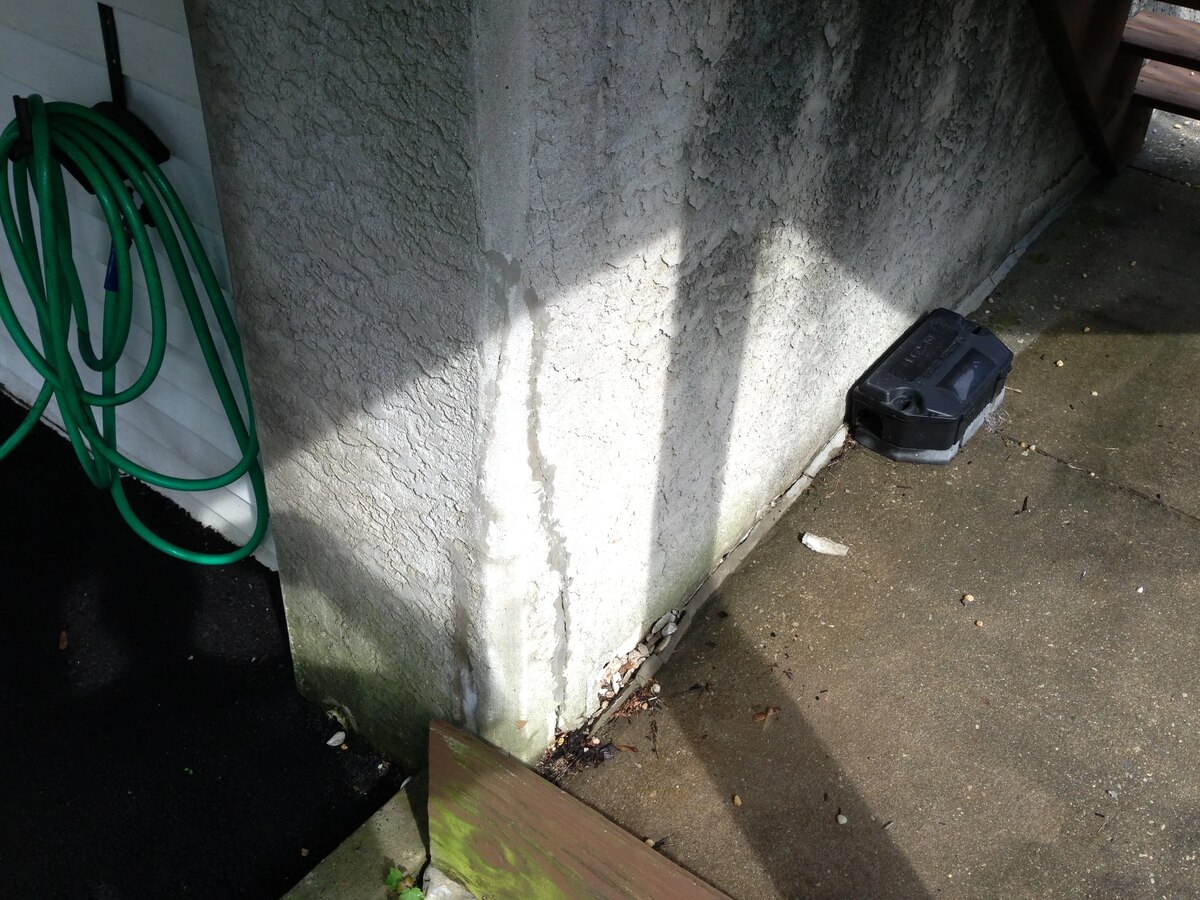
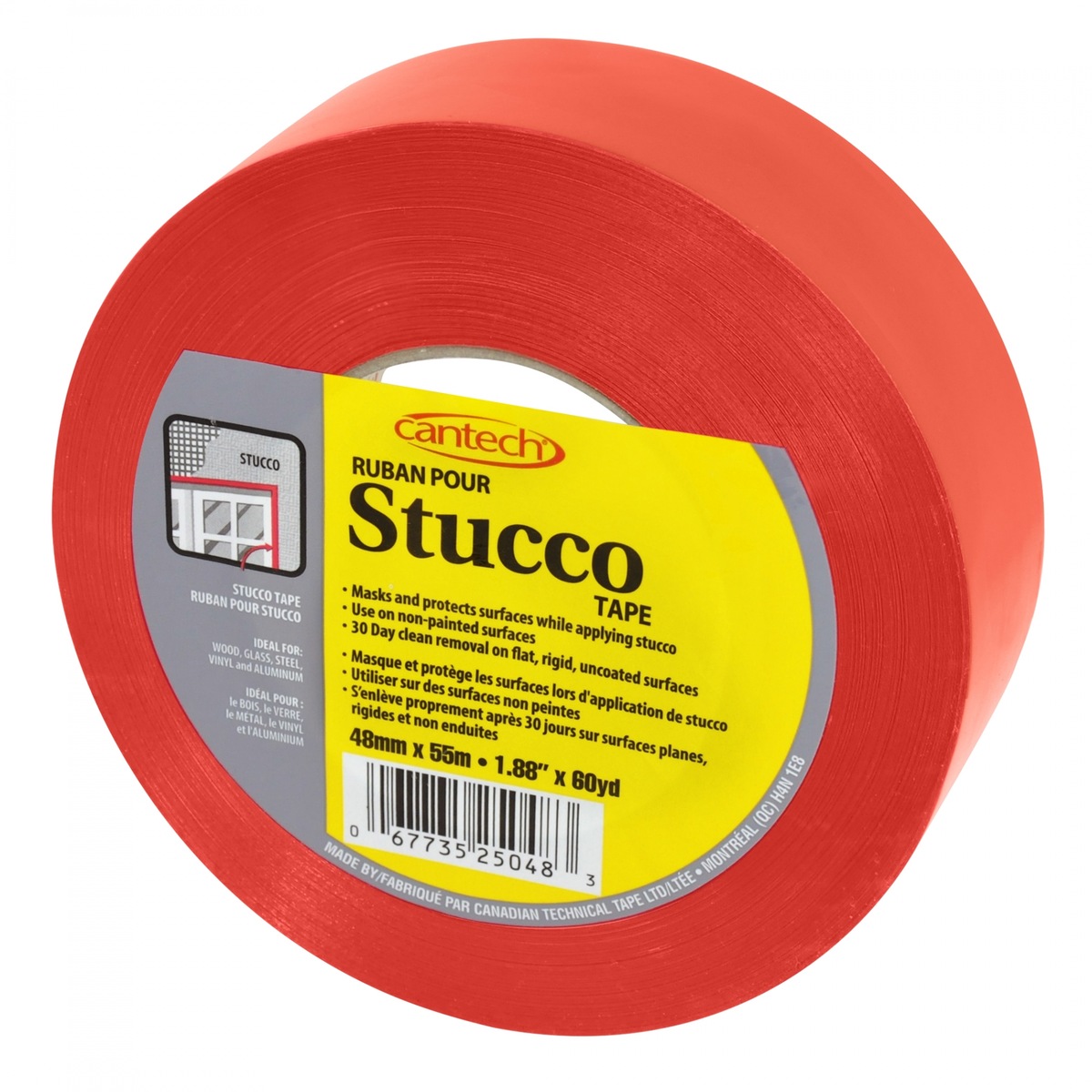
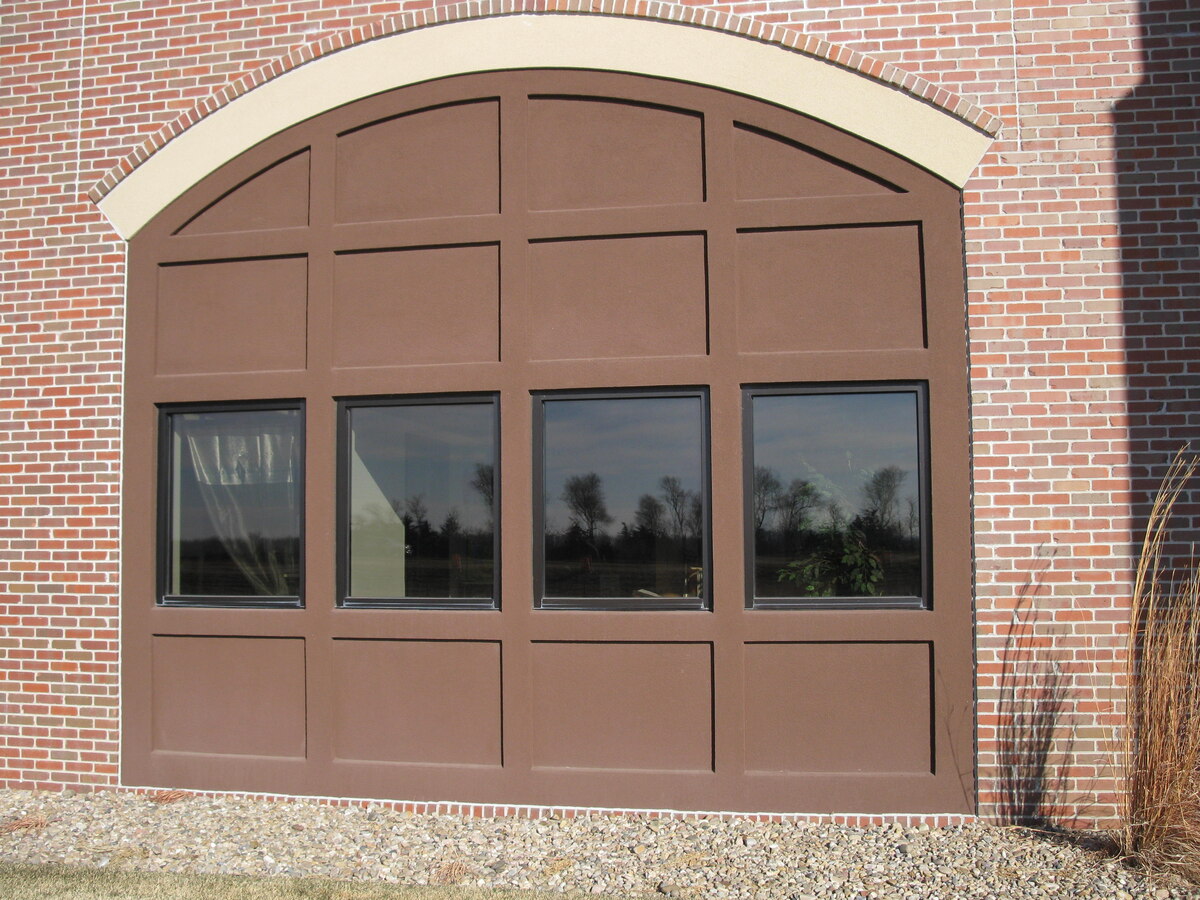
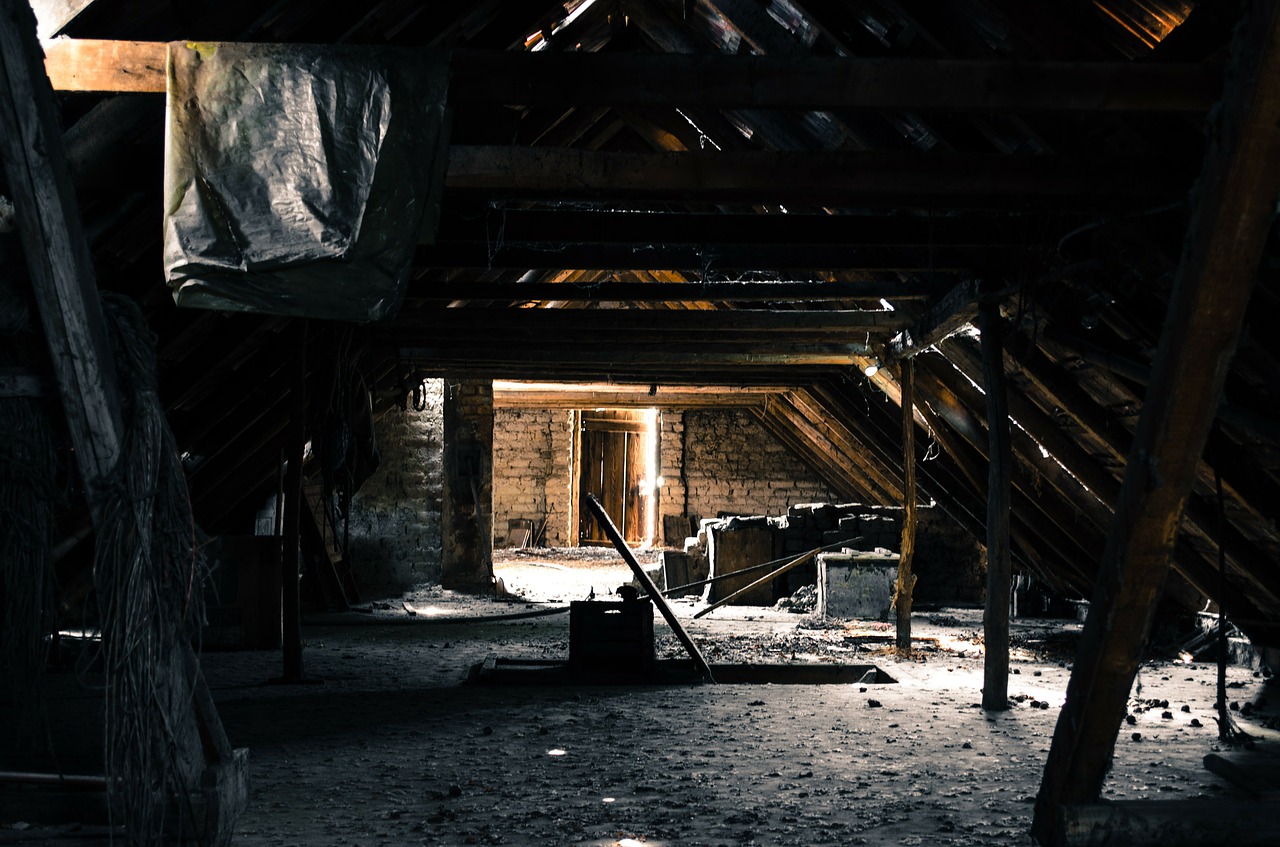
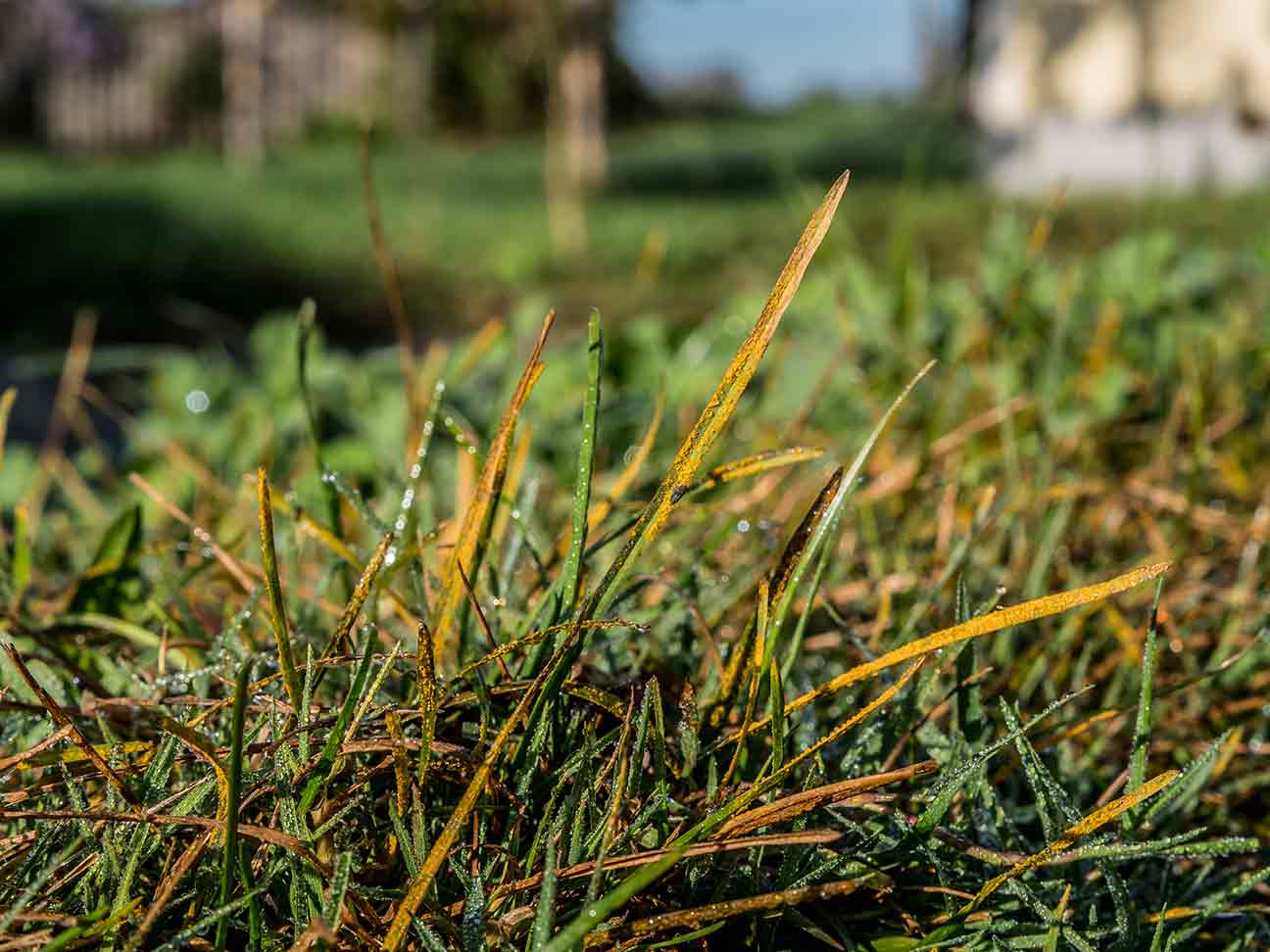
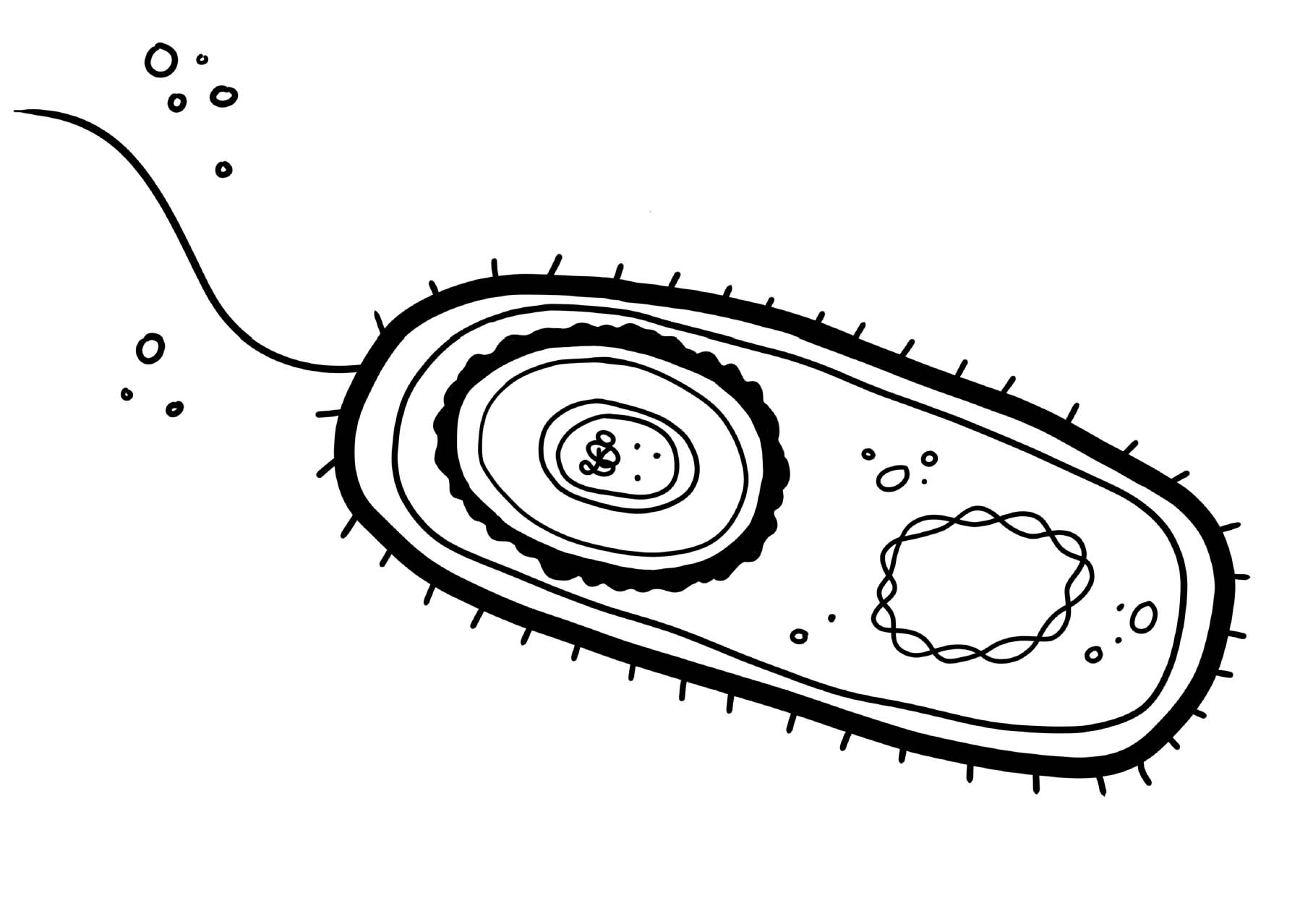
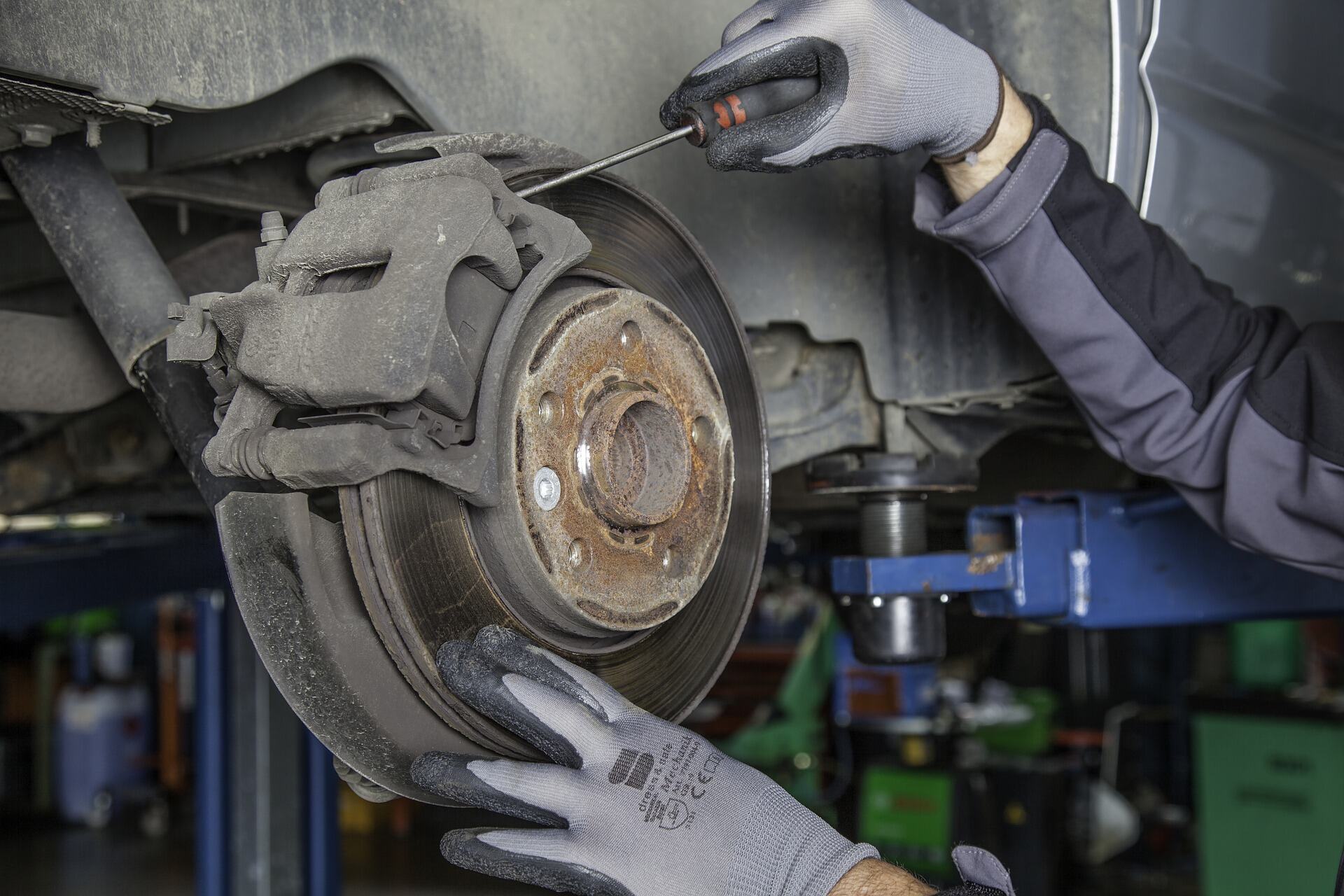

0 thoughts on “What Causes Stucco Leaks”